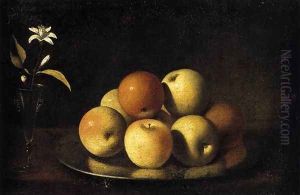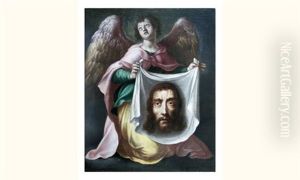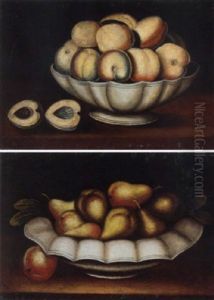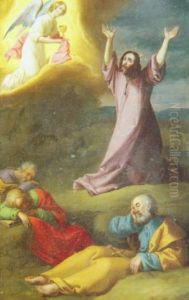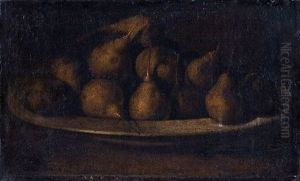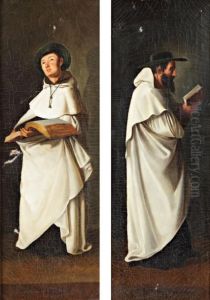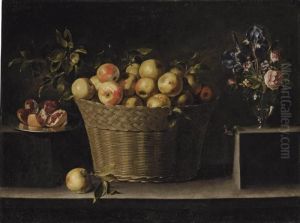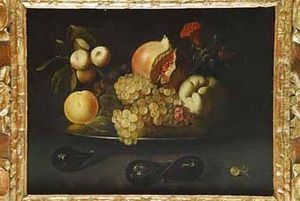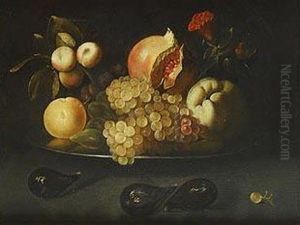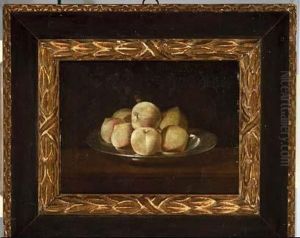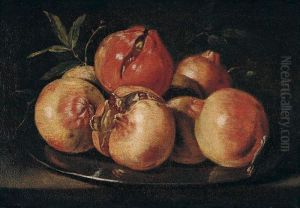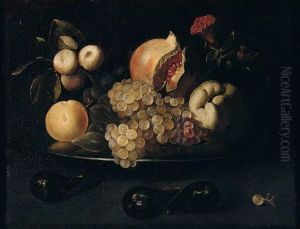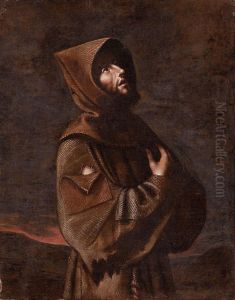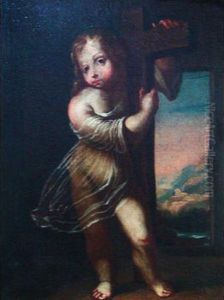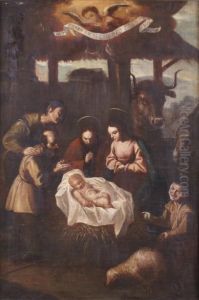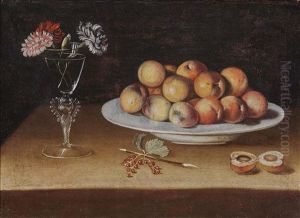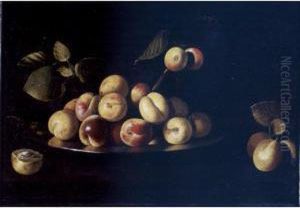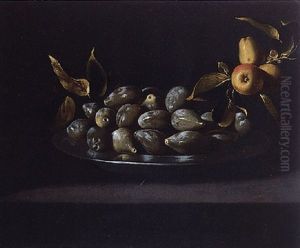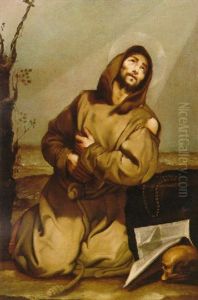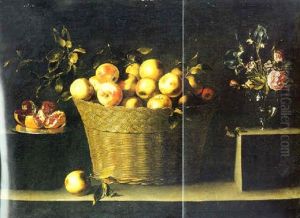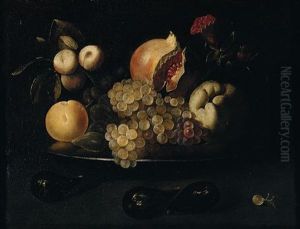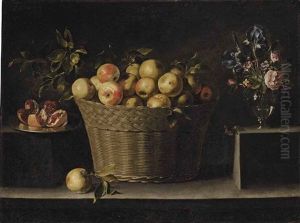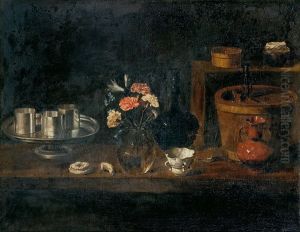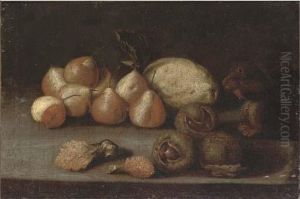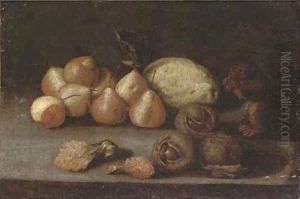Juan de Zurbaran Paintings
Juan de Zurbarán, born in 1620 in Llerena, Spain, was a promising Spanish Baroque painter, known for his detailed and realistic still life paintings. He was the son of the famed painter Francisco de Zurbarán, a leading figure in the Spanish Baroque movement, which undoubtedly influenced Juan's approach to art from a young age. Despite his father's more extensive reputation for religious themed artwork, Juan carved out his own niche, focusing primarily on still lifes, a genre that was gaining popularity in Spain during the 17th century.
Juan de Zurbarán's work is characterized by its meticulous attention to detail and the use of light to create depth and texture, a technique that echoes the broader Baroque movement's fascination with chiaroscuro and realism. His compositions often feature fruits, kitchenware, and textiles, rendered with a level of detail that makes them appear almost tangible. This precision, combined with the often-symbolic content of his paintings, aligns him with the bodegón tradition in Spanish painting, which focused on still life works with an emphasis on everyday objects.
Unfortunately, Juan de Zurbarán's career was cut tragically short. He died in 1649, at the age of 29, from the plague that swept through Seville, where he had established his workshop. Despite his brief career, he left behind a body of work that has been recognized for its quality and contribution to the development of the still life genre in Spain. His paintings are held in various museums and collections, serving as a testament to his skill and potential. Juan's legacy is somewhat overshadowed by his father's vast body of religious works, but he remains a significant figure in the study of Spanish Baroque art, especially for those interested in the evolution of still life painting.
